The most important river in the American Southwest is at risk of being completely destroyed, and an invasive species has just been discovered that could wipe out entire ecosystems.
On top of costing millions to remove, if the species spreads, it could cause millions more in infrastructure damage.
The Invasive Species
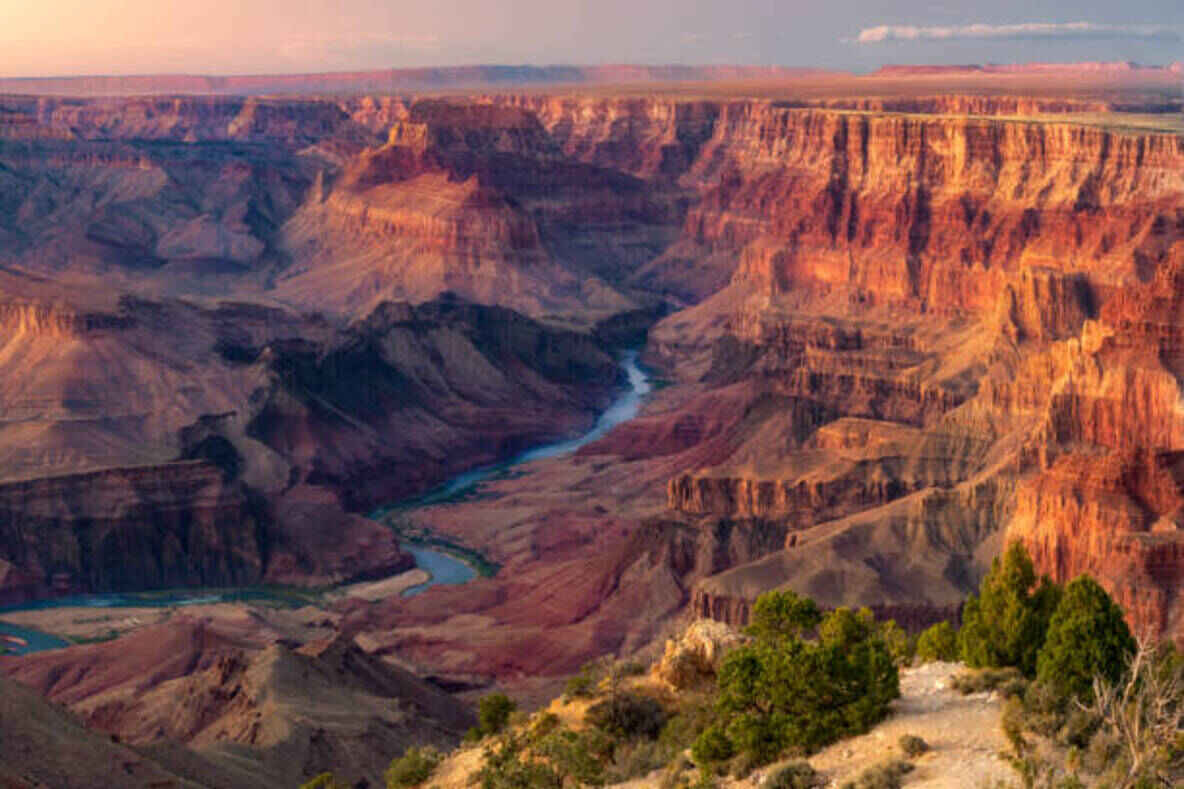
Colorado Parks and Wildlife officials announced on Tuesday that they discovered zebra mussel larvae in the river near Grand Junction.
Once the mussels establish themselves, they are nearly impossible to remove and pose an immediate risk to the river, the wildlife, and the area’s infrastructure.
Experts Consulted

Reuben Keller, a professor of aquatic invasive species at the School of Environmental Sustainability at Loyola University Chicago, says, “Zebra mussels getting into the Colorado River is the beginnings of what could be an enormously damaging and widespread infestation.”
He also noted that the discovery of the mussels so far upstream means that the species can easily spread downstream and take over entire swaths of the 1,450-mile-long river.
The Colorado River
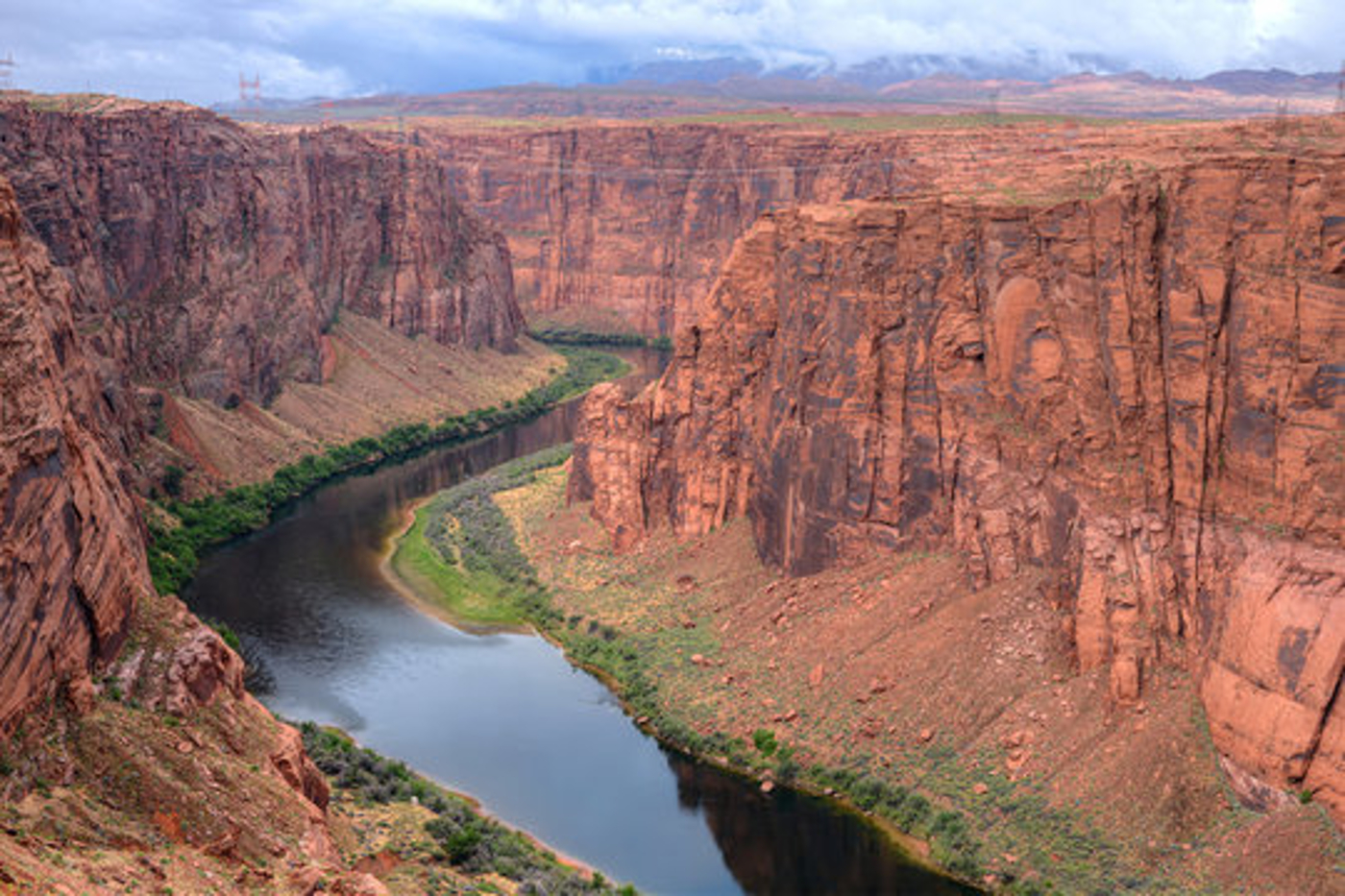
The Colorado River is affectionately referred to as the lifeblood of the Southwest. It begins in the headwaters of the Rocky Mountain National Park and runs to the Gulf of California in Mexico.
The river is the sole reason that any life can thrive in the area. The river and its tributaries provide drinking water and power for 40 million people, irrigate millions of acres that feed the entire country and host thousands of species of plants and animals.
Where Did Zebra Mussels Come From?
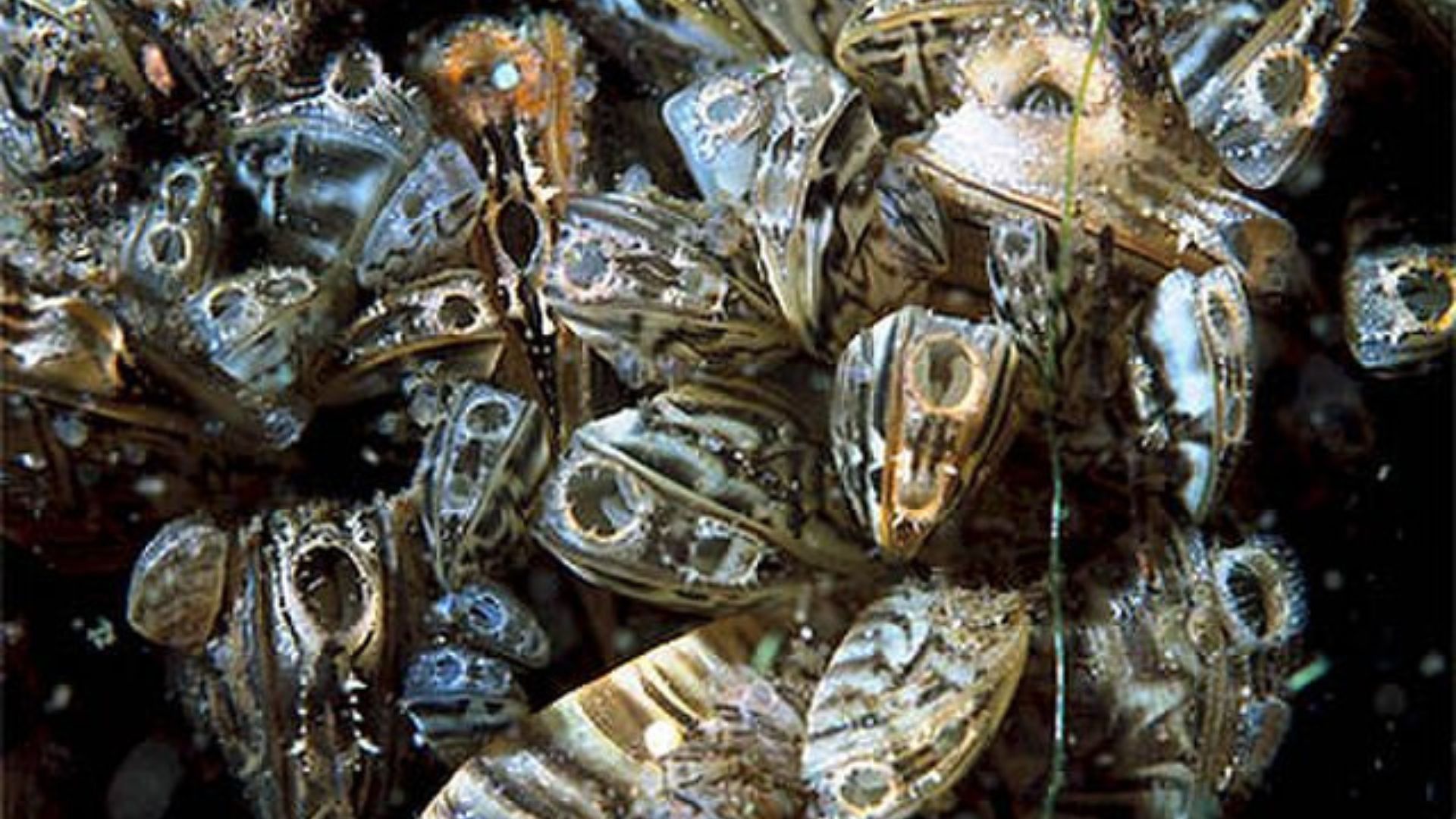
Mussels are native to eastern Europe and have been known to decimate ecosystems by consuming all of the water’s basic food sources.
The mussels grow on rocks in thick mats that kill plants and prevent insect life. Also, they feed on algae and strip all nutrients out of the water.
Colorado Parks Find Zebra Mussel Larva
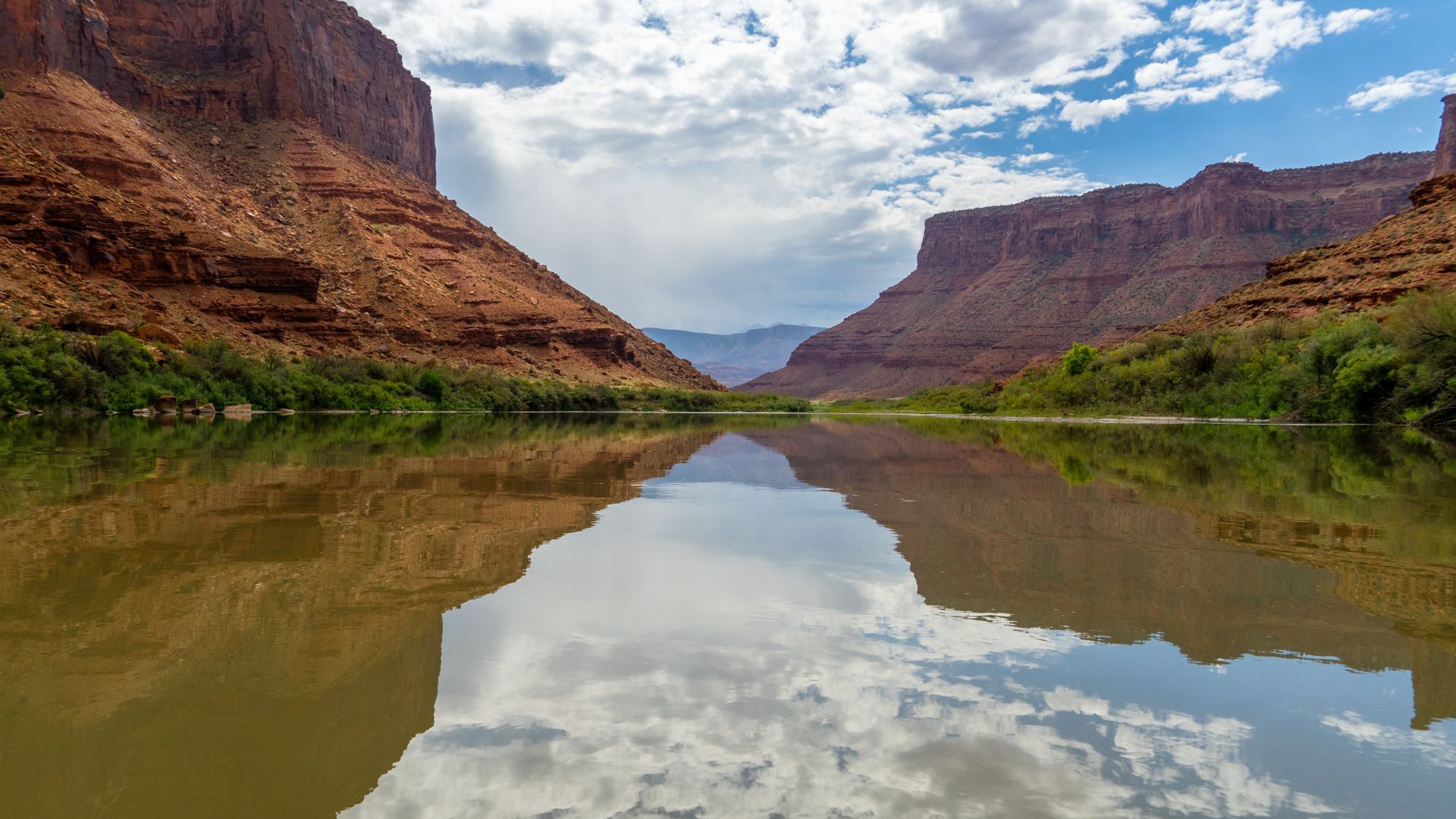
The Parks and Wildlife Department discovered the presence of the zebra mussel larva on Kily 1 during routine testing in the Government Highline Canal, a diverted channel near Grand Junction.
By July 8, parks staff collected samples from upstream locations, confirming the findings. Thankfully, no mature mussels have been identified yet, but extensive work will be completed to ensure that the larva is eradicated.
Residents Need to Help the Issue
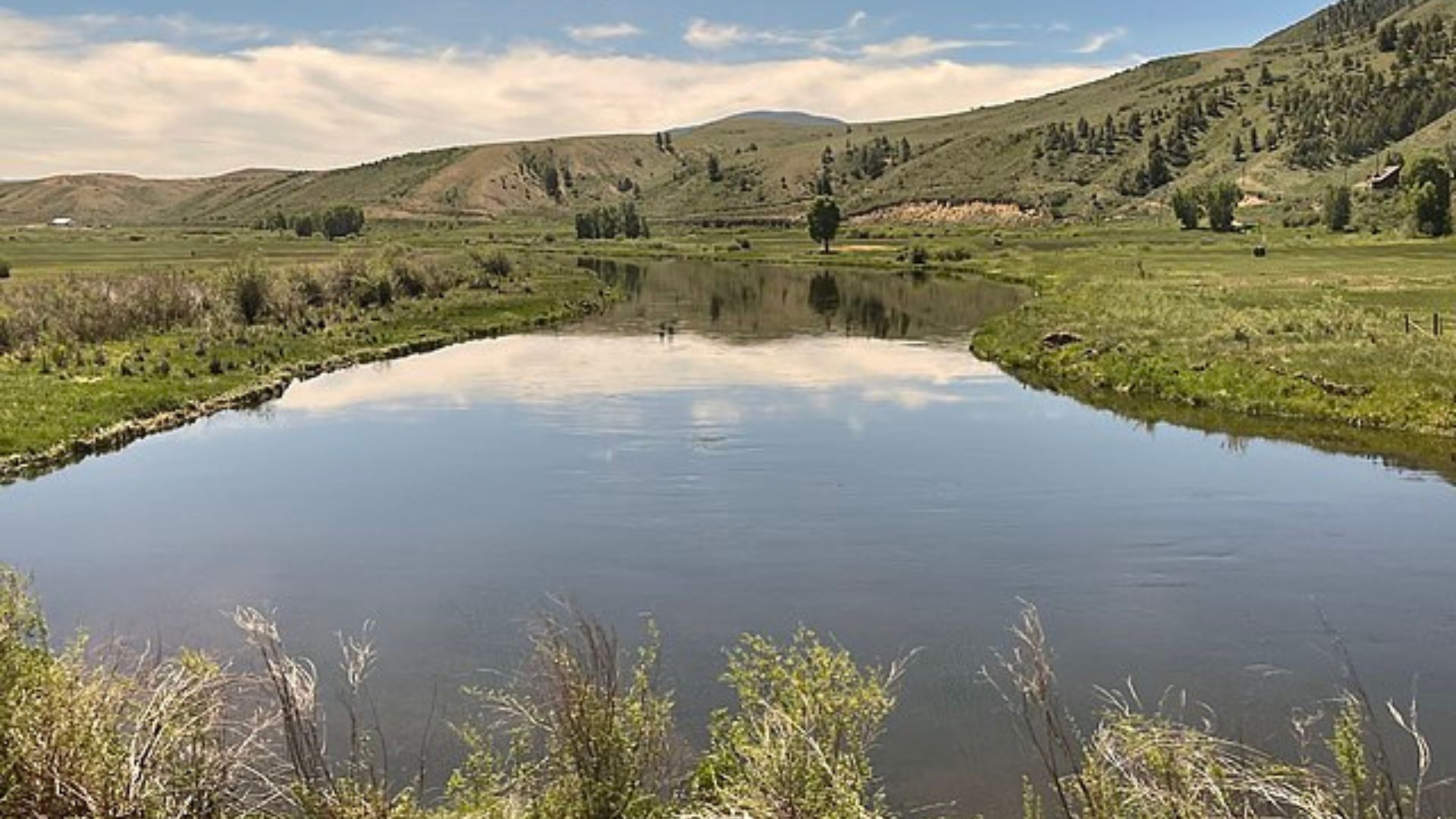
Parks officials have noted that anyone using the river or surrounding water needs to clean, drain, and dry any watercraft or equipment that enters the water.
The measures are similar to the mussel enforcement located at the US – Canada border, where all watercraft need to be thoroughly inspected before entering the northern country.
Other Invasive Species in the River
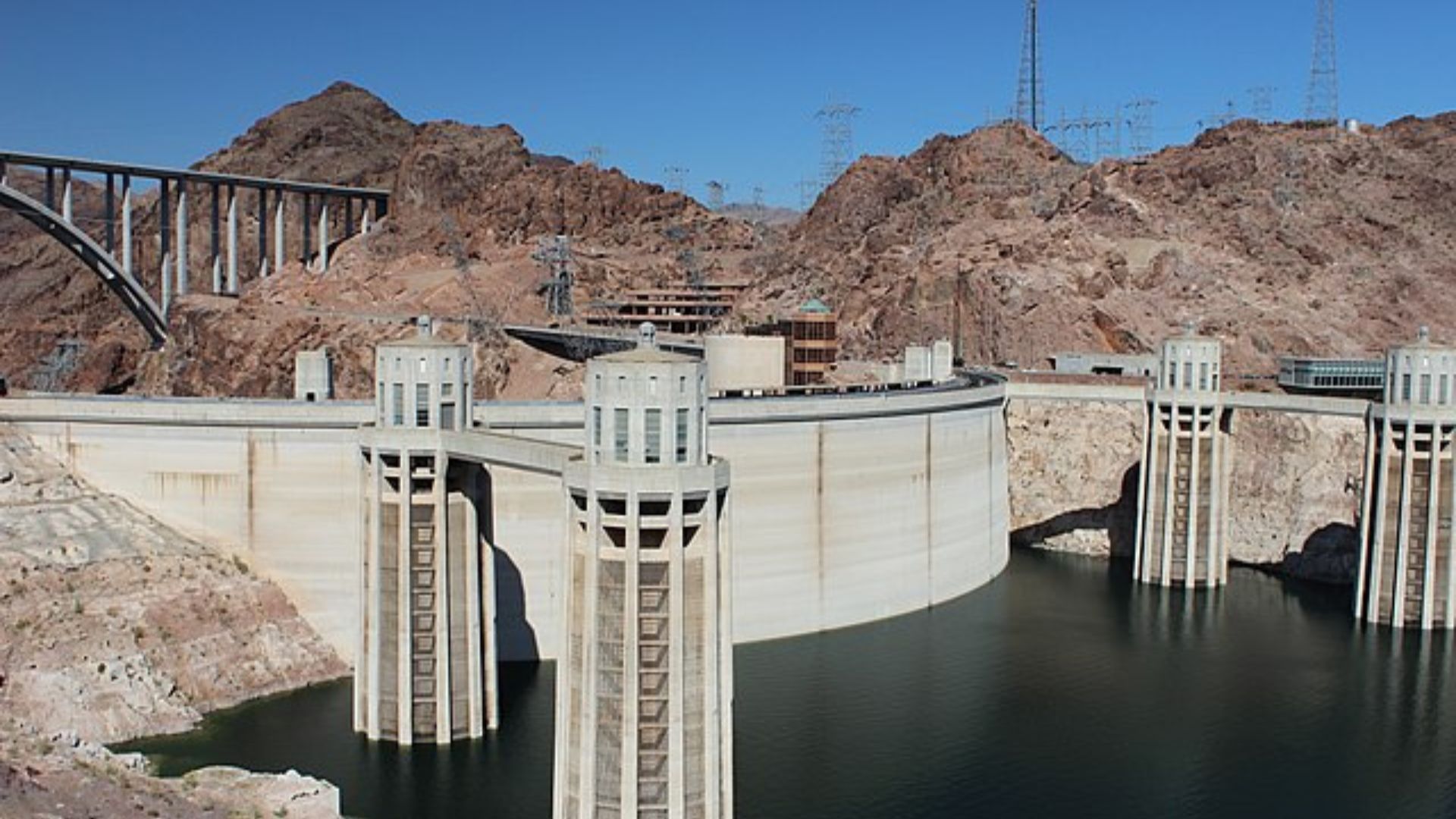
The zebra mussel is not the only invasive species already affecting the Colorado River.
The quagga mussel has been established upstream in the river for years and has caused a massive issue with the root system near reservoirs. It has damaged the infrastructure under the Hoover Dam, causing millions of dollars.
How Do the Mussels Cause Damage?
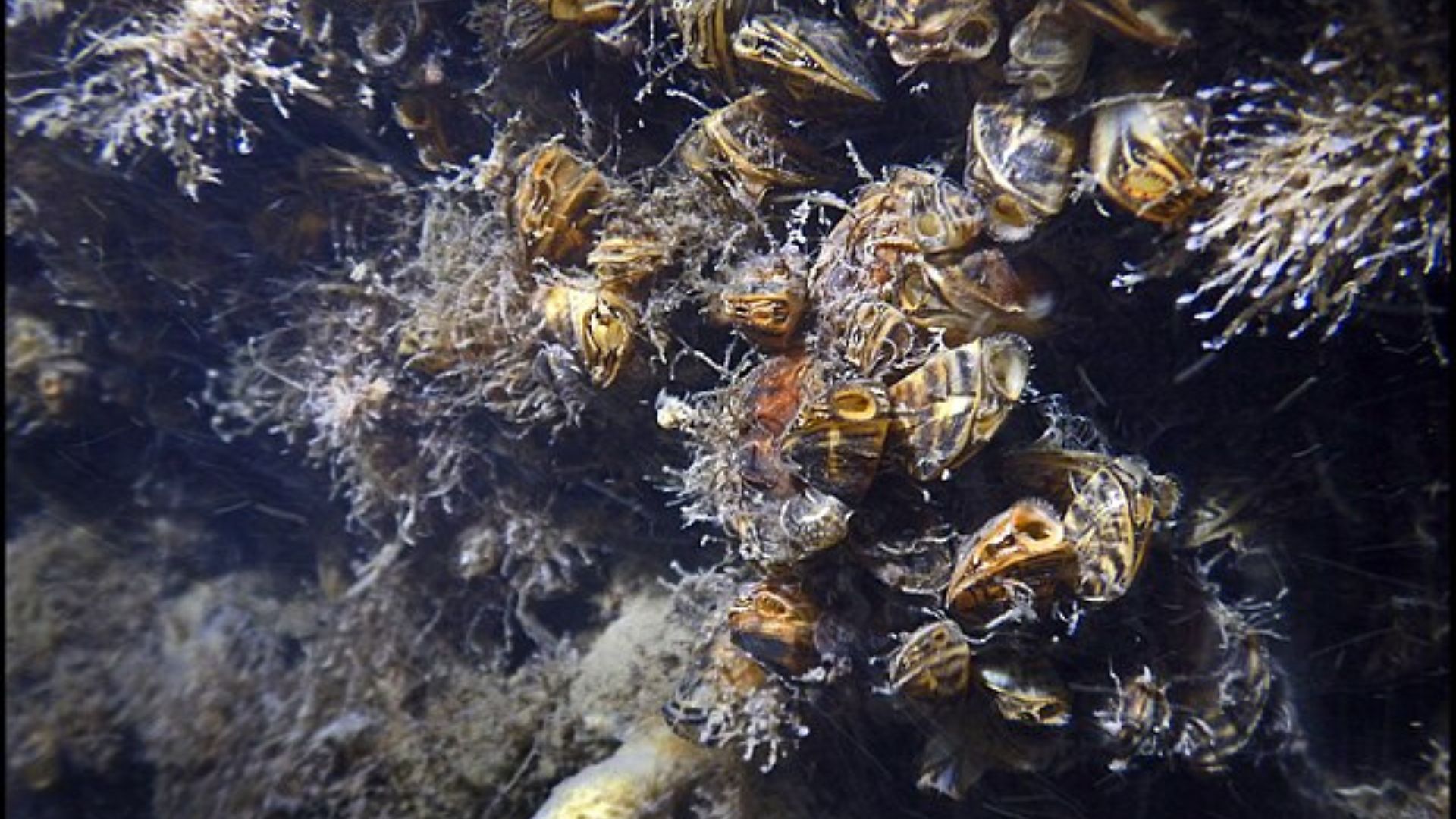
A single female mussel can spawn millions of veligers (larvae) in a single year.
Once established in a river, they multiply rapidly and can clog pipes, drains, pumps and other water infrastructure necessary for dams to function. The repairs are incredibly costly and difficult to fix. The dead shells also don’t decompose easily; the shells obstruct boat motors and can damage other machinery.
Officials Are Concerned About Ramifications
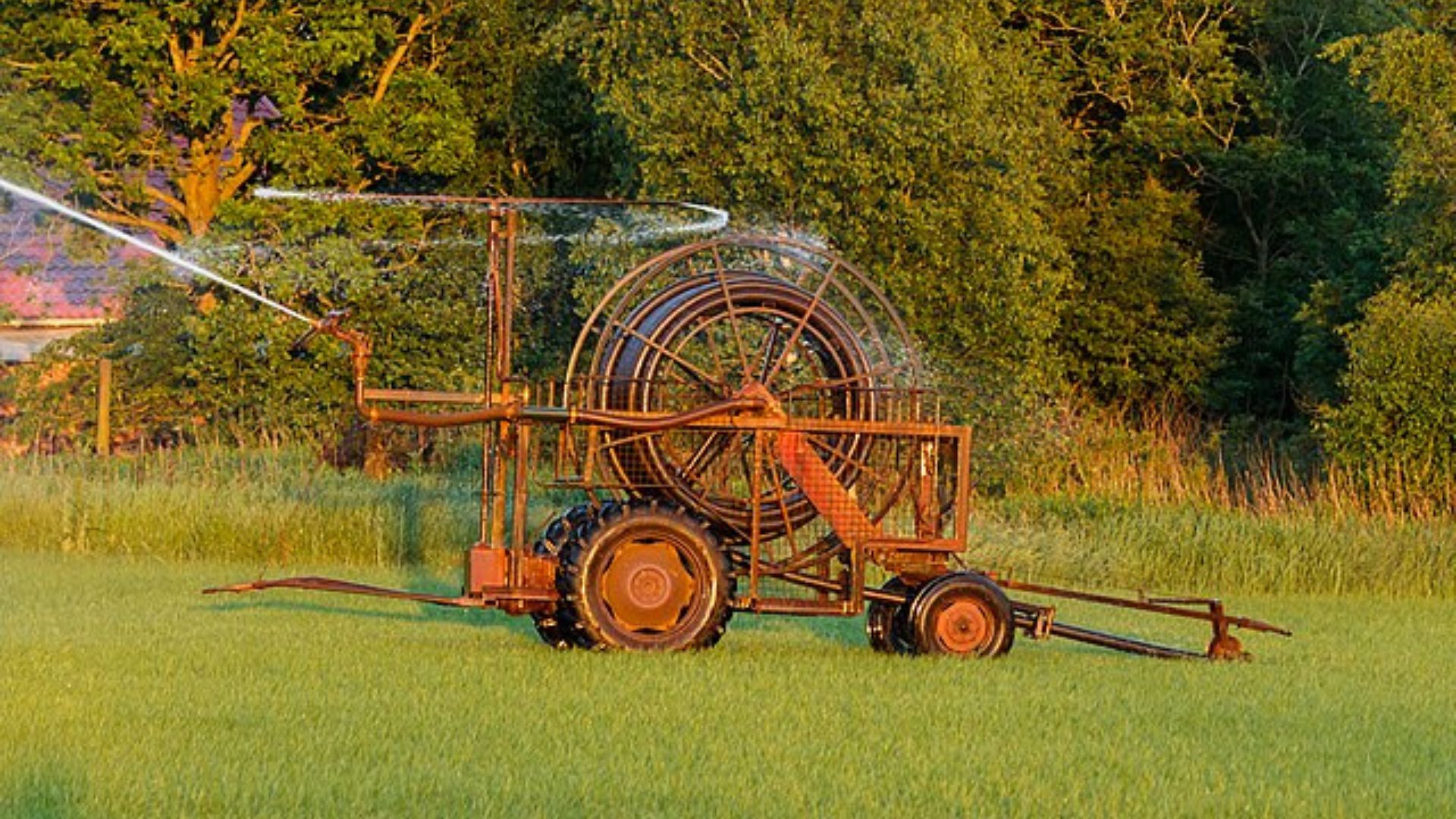
The Government Highline Canal, where the larvae were first discovered, provides water to more than 23,000 farms in the Grand Valley.
Officials in the area are devastated by the discovery of the mussel larva. Immediate concerns have been raised about access to drinking and irrigation water. Food costs have already been increasing dramatically in the US, which would hurt farmers and consumers.
Federal Agencies Have Been Contacted
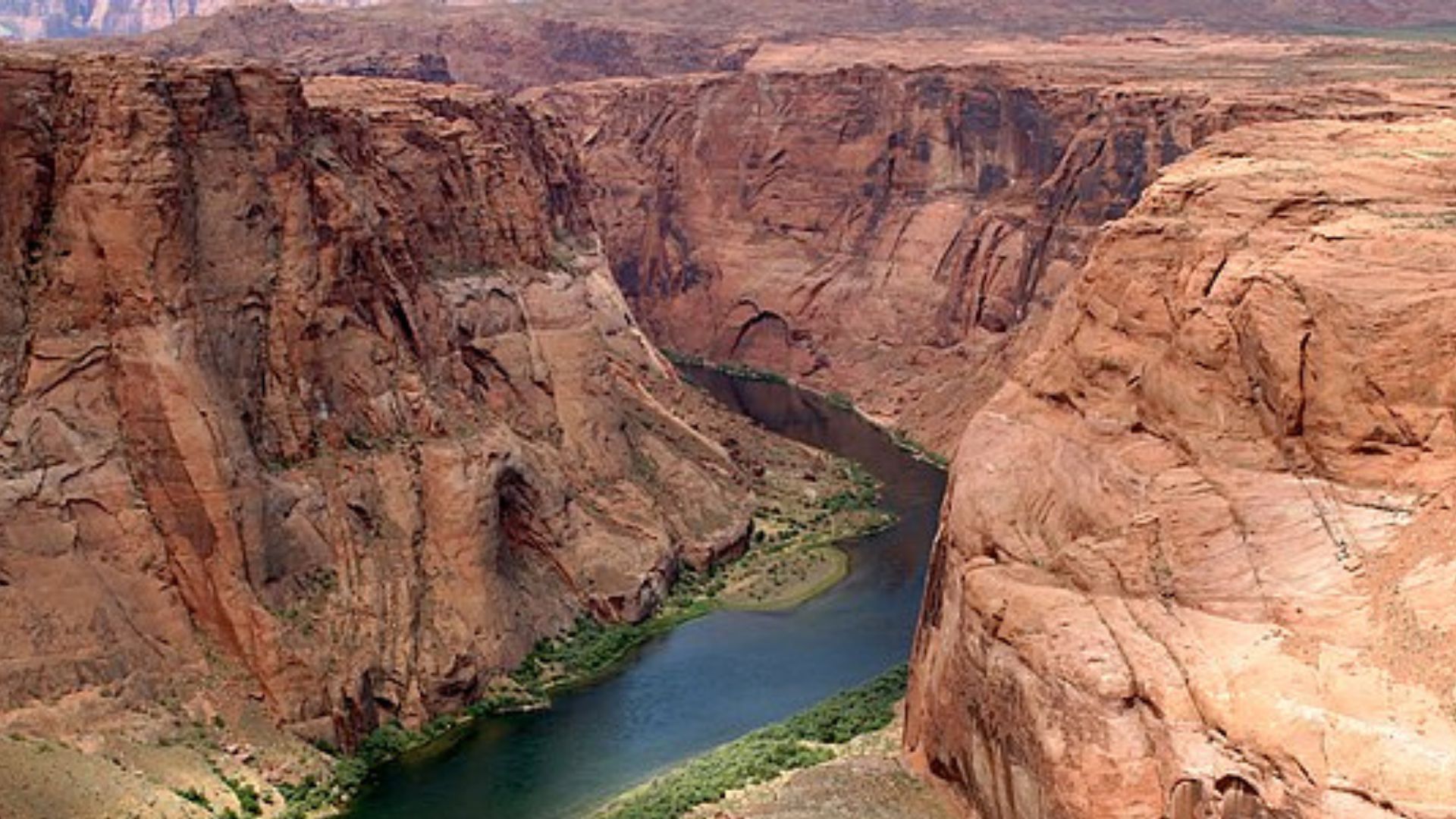
The U.S. Geological Survey has been fighting the incidence of invasive mussels in California, Colorado and Utah since 2007.
State and federal agencies will work together to ensure the zebra mussels are wiped out before establishing themselves.
Previous Efforts to Kill Invasive Species
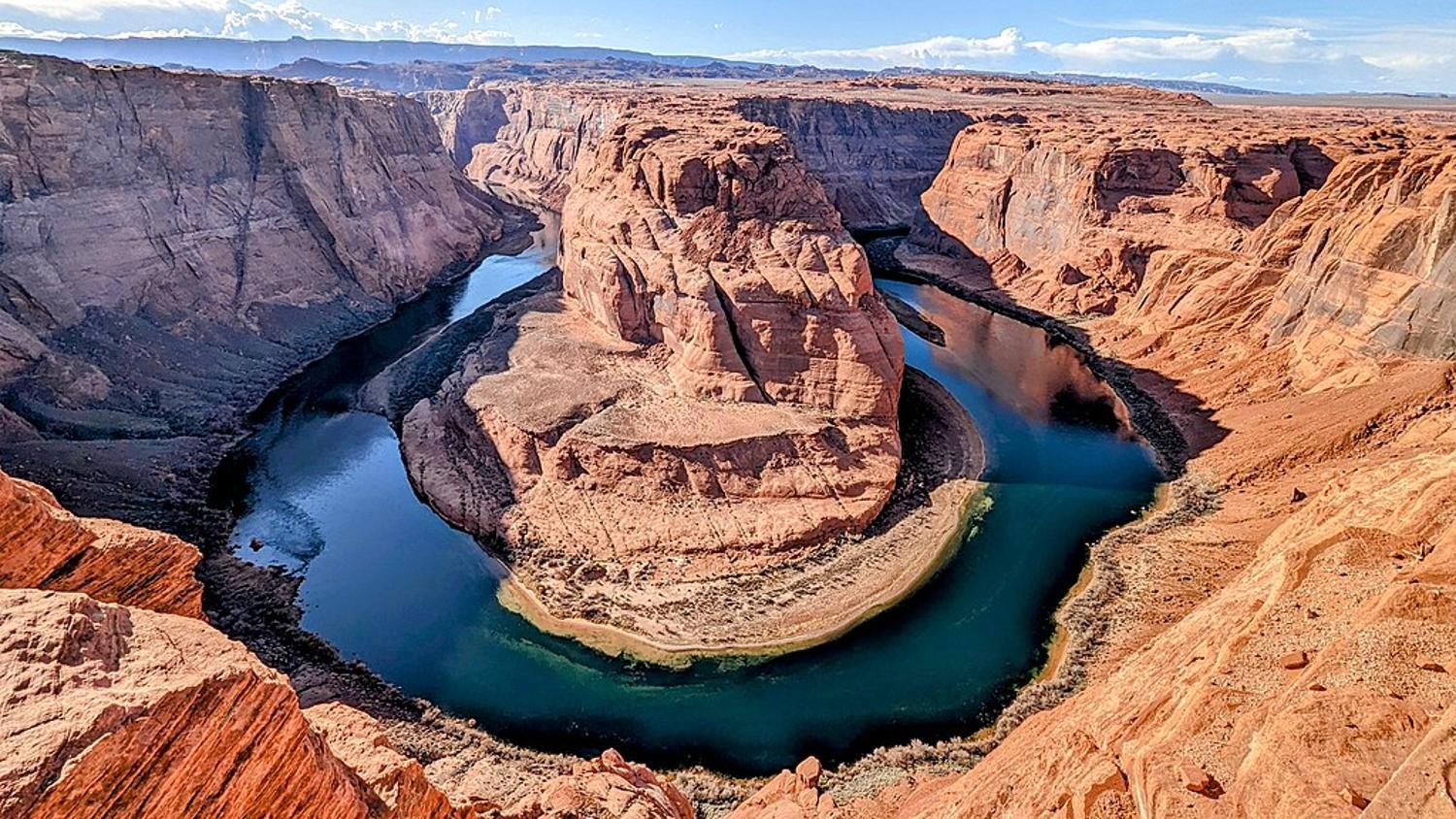
In 2022, Highline Lake discovered the same mussels and launched a multiyear plan to kill the species and eliminate the threat.
Officials say that it’s possible the lava spread to the Colorado River by clinging to the underside of a boat. For now, it’s beneficial to clean and dry all vessels coming in and out of the water to try and eliminate the spread.








































